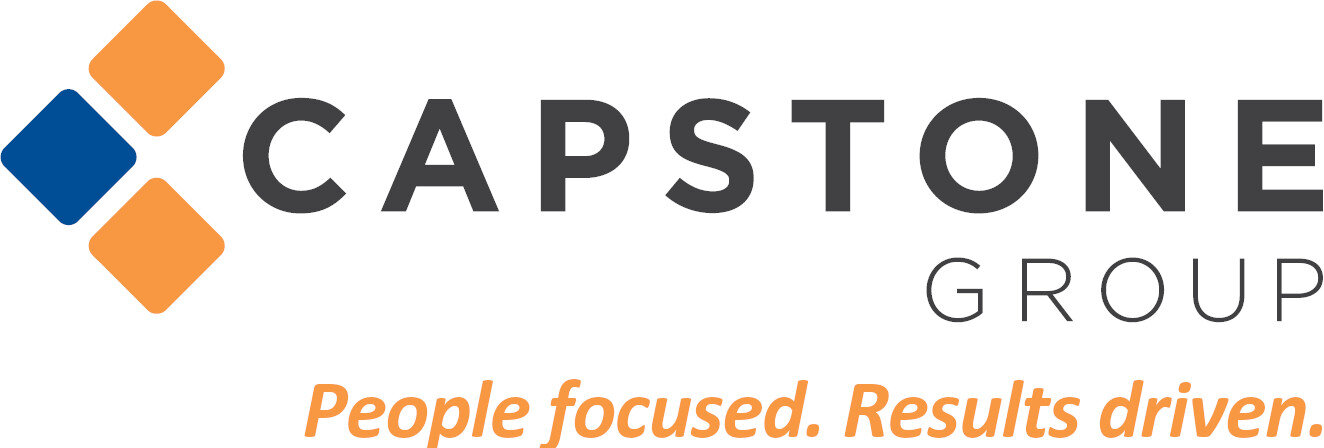Ridesharing has completely changed the transportation industry. In just a few short years, companies like Uber and Lyft have developed ridesharing into a multi billion dollar industry. With such popularity of these businesses, insurers are facing the unprecedented challenge of providing appropriate coverage to both drivers and passengers.
If you are a driver, your regular auto policy most likely will not cover you for ridesharing activities, which could leave you, and your passengers, unprotected or underinsured in the event of an accident. In fact, most personal auto policies specifically exclude using the vehicle commercially as a ride service.
Developing appropriate coverage is tricky, because there is no way to determine when the car is being used personally vs. as a rideshare vs. in storage. Generally, coverage can be determined based on the average commute of the owner/primary operator and where they live or operate the vehicle; but when transporting passengers a vehicle can be driving any matter of distance, crossing city or even state lines.
Mark Maucere, senior vice president for AmWins Transportation Underwriters, Inc., says, “Our rate [for transportation classes] is based on a point A to point B mechanism, and the problem with these operations is we don’t know when the car is out or in the garage, we don’t know the experience of the driver, car maintenance or in what other ways it is used.”
Companies are searching for a solution, but since the business is so new, there is very little information to use in the underwriting, rate development process. Maucere says: “There is an opportunity here, and we would be interested in potentially looking at these classes of business if we could properly underwrite and put the rate around it...But it’s very difficult until you can grab that data and verify some of the things we can’t verify now.”
Most ride sharing companies provide some form of coverage for drivers. Excess and surplus lines insurer James River currently provides coverage for Uber. The policy has three main parts:
1. the "Core"--contingent on the driver having his/her own private passenger auto policy; has a $1 million limit that drops down and covers the driver from when he/she is picking up a passenger all the way until the passenger is delivered to the destination.
2. a lower limit applies when the driver is waiting for a new rider.
3. separate coverage for physical damage to the driver's vehicle occurring while performing ridesharing duties.
For now, insurance is expected to follow this model and remain a surplus lines risk, as it gives flexibility until more accurate data can be collected to establish other provider options.
To read more, check out the original article HERE.

